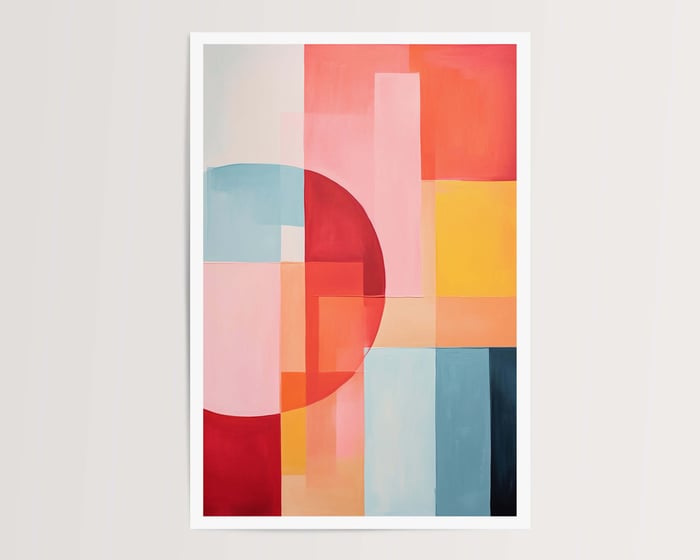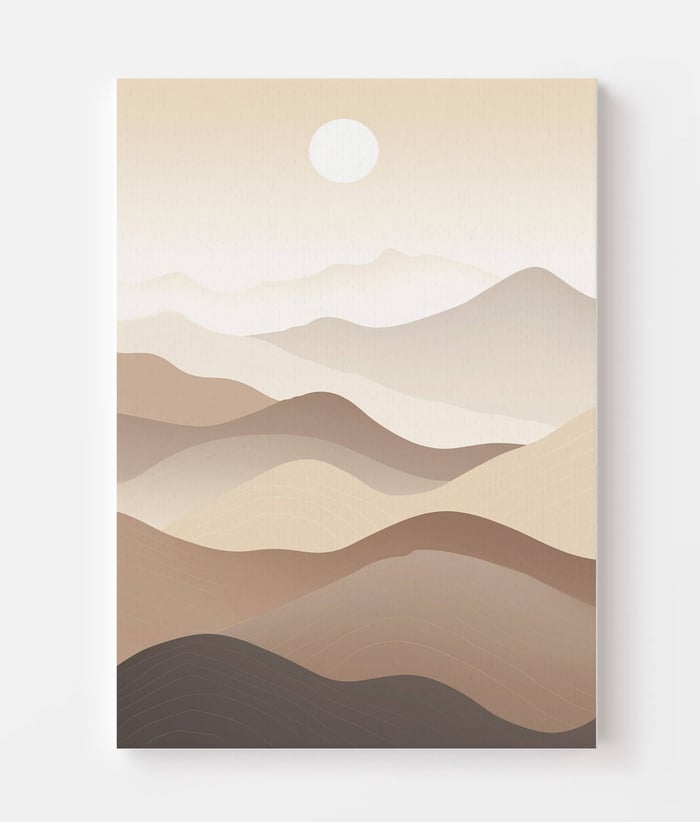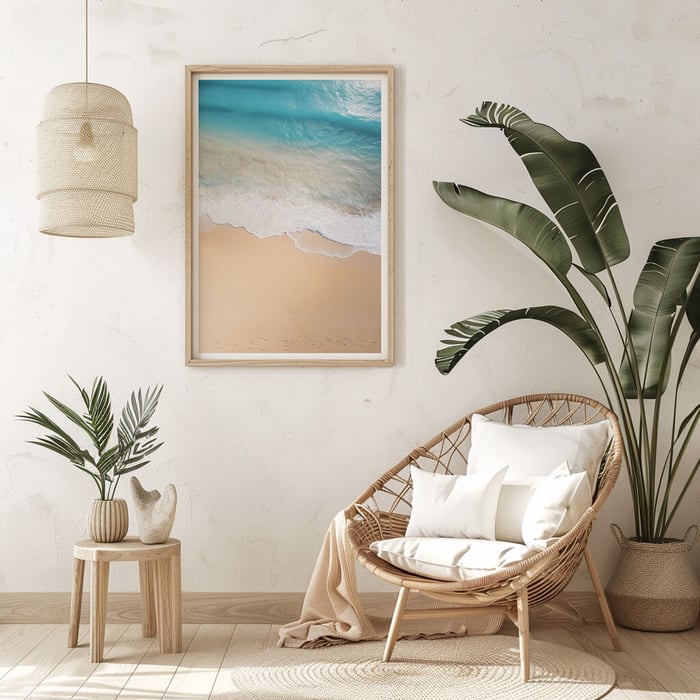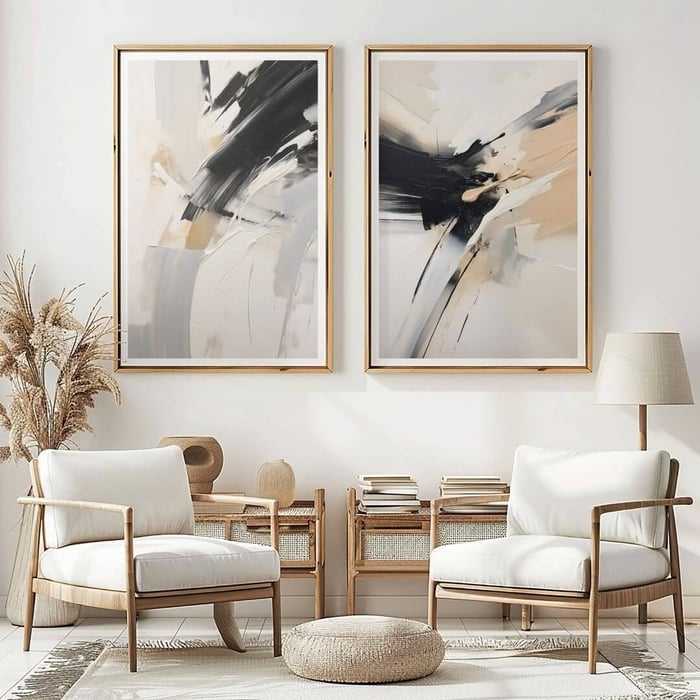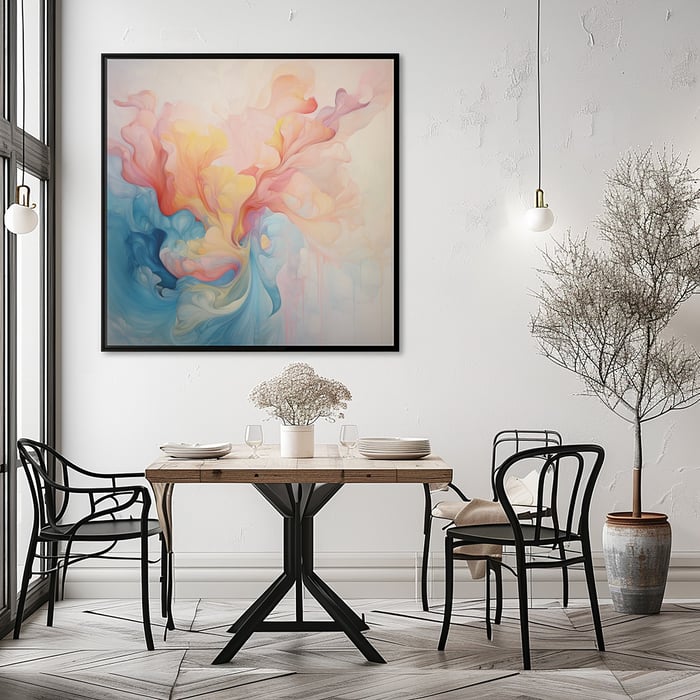The Psychology of Colour in Interior Design: How Your Home Influences Your Emotions
Have you ever walked into a room and instantly felt calm, energised, or even a little unsettled — without knowing exactly why? The answer often lies in the psychology of colour.
Colour is one of the most powerful tools in interior design. It doesn’t just shape how your home looks — it shapes how you feel. The colours you choose can influence your mood, energy levels, sleep quality, and even the way you interact with others. Understanding the psychology of colour allows you to design spaces that not only reflect your style but also support your emotional wellbeing.
Let’s explore how different colours influence us and how you can use them intentionally in your home to create the feelings you want more of.
Warm Colours: Uplifting, Energising, and Sociable
Warm tones — like reds, oranges, and yellows — are full of life. According to the psychology of colour, these shades are associated with energy, stimulation, and connection. They’re ideal for spaces where you want to inspire conversation and creativity.
Red
In the psychology of colour, red symbolises passion, strength, and stimulation. It raises energy levels and can spark conversation, making it a great choice for dining rooms or lively living spaces. Use it as an accent to add drama without overwhelming the room.
Orange
Orange brings warmth, optimism, and creativity. It's a wonderful colour for home offices, entryways, or social areas. Terracotta and burnt orange shades feel grounded and inviting, tying beautifully into natural materials.
Yellow
Yellow is the colour of joy, sunlight, and mental clarity. According to the psychology of colour, it’s linked to happiness and positivity. It’s perfect for kitchens, hallways, or bathrooms — anywhere that could use a lift in mood and brightness.
This vibrant Pin Up Girl print from our range, is the perfect example of how red, orange, and yellow can instantly evoke feelings of excitement, confidence, and creative energy, making any space feel bold and alive.

Cool Colours: Calming, Restorative, and Peaceful
Cool colours such as blues, greens, and purples tend to be more calming and introspective. They are perfect for bedrooms, bathrooms, or any room where you want to relax and unwind.
Blue
Blue is often associated with calmness, trust, and focus. In the psychology of colour, blue slows the heart rate and reduces stress, making it ideal for bedrooms, bathrooms, or offices. Lighter blues create a fresh, breezy feeling, while deeper tones like navy offer depth and stability.
Green
Green represents nature, balance, and renewal. It’s one of the most versatile colours in design and plays a stabilising role in the psychology of colour. From soft sages to vibrant emeralds, green works well in almost any room, offering a sense of harmony and wellbeing.
Teal
Teal bridges the calm of blue and the balance of green, creating an emotionally grounding effect. It’s perfect for bathrooms, studies, or feature walls where you want to feel both refreshed and centred.
With its soft swirling layers of blue, teal, and gentle cream, our Mystic print evokes a deep sense of calm, clarity, and peaceful introspection a perfect reflection of how cool tones can transform a space into a serene sanctuary.
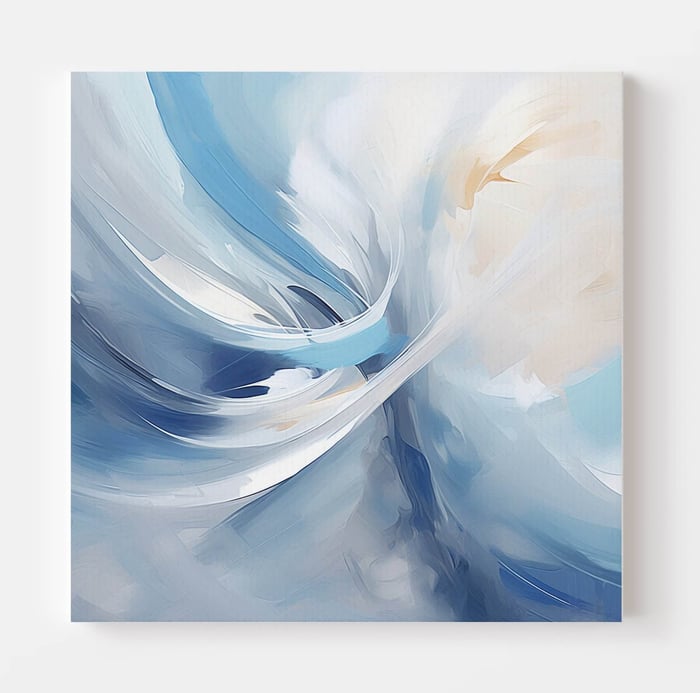
Neutral Colours: Timeless, Flexible, and Grounding
Neutrals think whites, beiges, greys, and taupes provide a calming backdrop and create a sense of openness. They’re ideal for creating serene, cohesive spaces that don’t overwhelm the senses.
White
White evokes simplicity, purity, and space. It reflects light and creates a sense of openness, which can be especially useful in smaller rooms. In the psychology of colour, white also represents a fresh start — ideal for areas where you want mental clarity.
Beige and Taupe
These tones bring warmth and comfort to a space without overwhelming it. Their versatility allows other colours and textures to shine, making them perfect for layering in earthy, minimalist interiors.
Grey
Grey is elegant, neutral, and calming. While too much grey can feel cold, it’s a powerful background when paired with natural textures or bolder accent colours. In the psychology of colour, grey is often linked with balance and practicality.
With its gentle layers of beige, taupe, and soft brown, Ranges showcases the timeless tranquillity of neutral tones creating a space that feels calm, connected, and effortlessly serene.
Darker Tones: Sophisticated, Moody, and Cocooning
Dark colours, such as charcoal, navy, forest green, and even black can feel luxurious and intimate when used intentionally. They add depth and drama, making them perfect for feature walls, dining rooms, or bedrooms.
These tones can help ground a space and make it feel cosier, especially when paired with warm lighting, plush textiles, or reflective surfaces like mirrors or metallics. Don’t be afraid of the dark it can create a sense of sanctuary that’s both stylish and emotionally grounding.
Choosing Colours That Reflect You
When selecting colours for your home, it’s not just about following trends it’s about tuning into how you want to feel in each space.
Ask yourself:
Do I want this room to feel calm or energising?
Do I want it to be a space for creativity, focus, or relaxation?
What kind of atmosphere helps me feel most like me?
There’s no one-size-fits-all answer. For example, while blue might be calming for some, others may find it too cool or impersonal. Trust your instincts and don’t be afraid to experiment. Even small changes like cushions, art, or a painted feature wall can dramatically shift the mood of a room.
Your home is more than a place, it’s an emotional environment. Every colour you introduce into your space plays a role in how you feel, think, and function on a daily basis. By understanding the psychology of colour, you can design a home that doesn’t just look beautiful, but feels like a true reflection of who you are and how you want to live.
So whether you're craving calm, joy, energy, or balance, the right colours are waiting to help you create that emotional harmony.
All it takes is a thoughtful splash of paint, a well-placed throw, or even just a fresh vase of flowers in your favourite hue and suddenly, your home feels like home.

